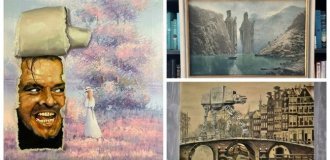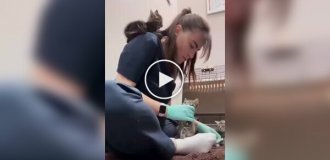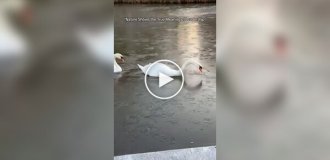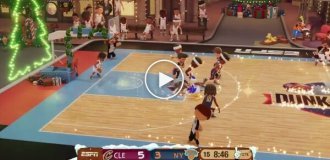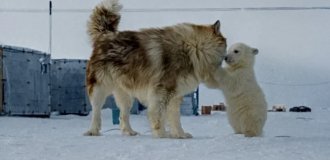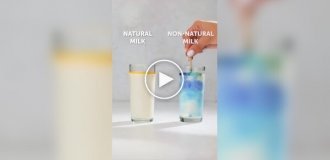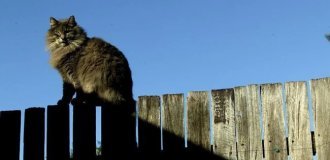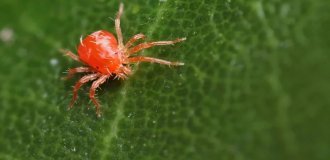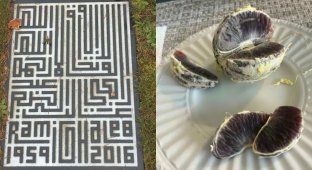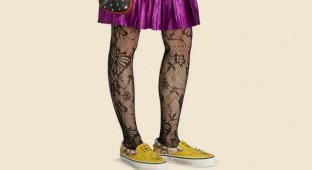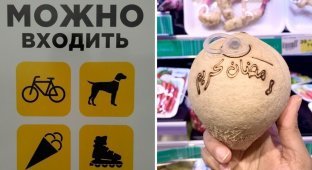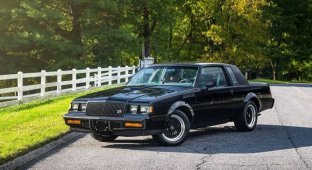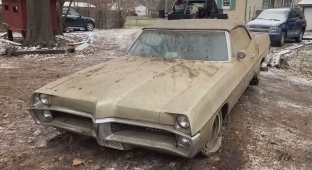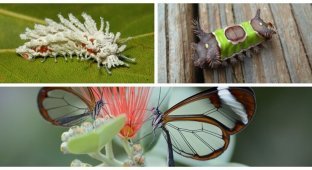Turkish Van: adorable cats loved all over the world (9 photos)
These fluffy beauties, reminiscent of clouds, lived on the streets Turkey is centuries old, captivating cat lovers with its energy and cheerful disposition. 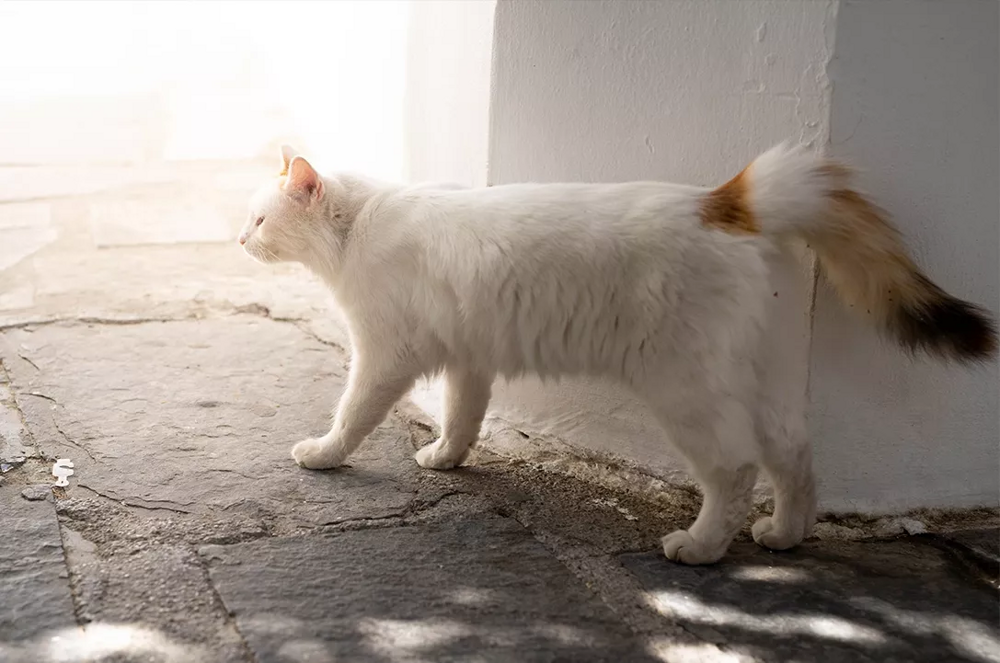
Turkish Van, or Turkish Van cat - modern a breed of domestic whiskers, created on the basis of aboriginal cats, which lived in the Turkish province of Van for thousands of years. These are large broad-boned and muscular animals - the weight of the cat reaches up to 9 kg, and height at the withers - up to 40 cm. But their most important feature is color. He's so and is called “van”, because it was first described and registered with these cats. 
All purebred thoroughbred animals are heterozygous carriers of this color. In the gene for white spotting, which in cats, dogs and other quadrupeds for the number and ratio of white/color spots, Turkish Vans have a unique gene. It's called S.V. (short for White Piebald Spotted Van), present in animals in double quantity and colors the entire population, like a blueprint. 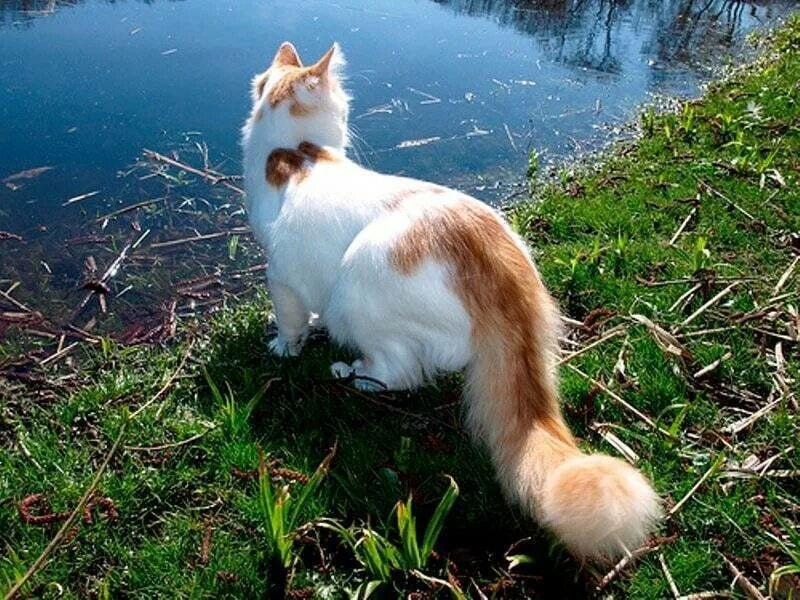
All Van cats are all white, with the exception of colored cats. areas on the muzzle, shoulder blades and tail. These spots may be red, black, brown or even tricolor. However, no matter what animals were not crossed with each other, nothing new can be obtained: the Sv gene simply will not allow the pigment to appear anywhere except the above areas. 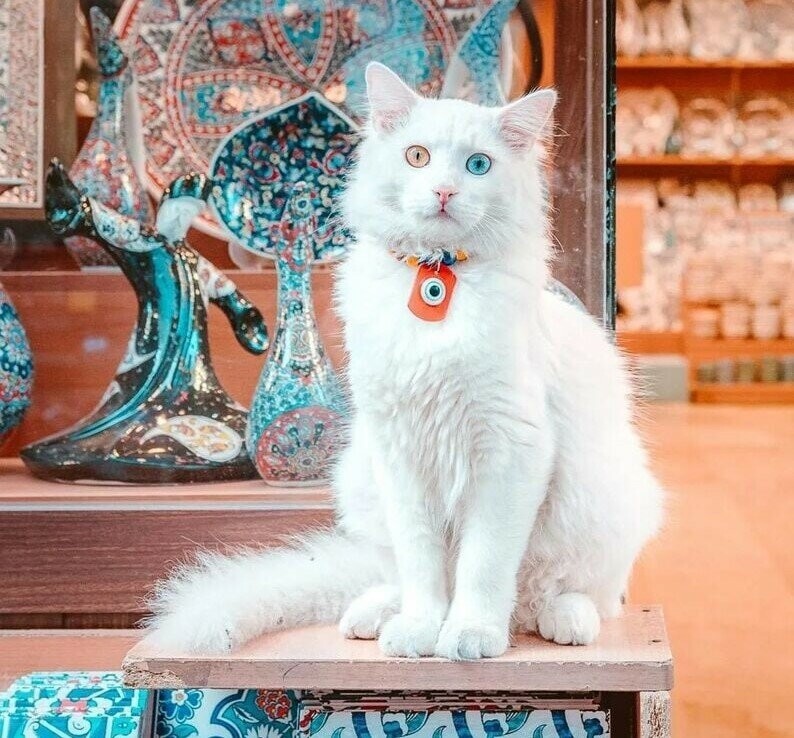
In Turkey, another type of vans is also recognized - "van kedisi". These are pure white odd-eyed cats. Breeding such animals has some difficulties, so in the world such animals not common.
Such a stable trait was formed in cats not one hundred years. According to archaeological finds, very similar on modern Vans, animals lived near Lake Van for 5000 years ago. And according to various works of art, in the medieval past, these cats were widely known in Europe. 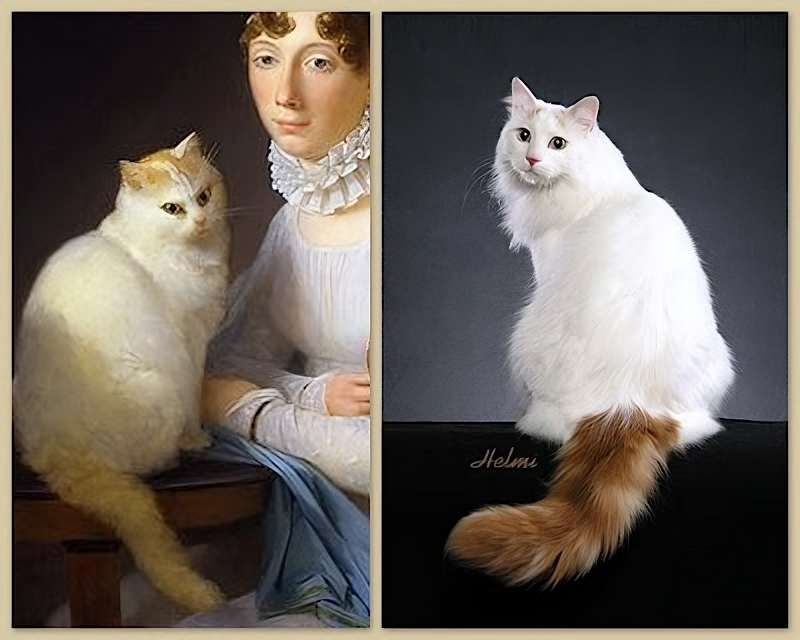
In the Middle Ages, no one called cats "Van" - usually just Turkish, Angora or white ring-tailed cats.
Everything changed in the 20th century when the journalist Laura Lushington took up tribal breeding of mustachioed. Laura started official selection of Turkish Vans. Before the noughties breed recognized by almost all international felinological organizations. They developed a single standard, and the whole world learned about the breed. 
I will grow up and become big and harmful, but will you still love me?
And not just learned, but accepted and fell in love - but how else! These cats are impossible to get around party for their special identity and character. If you have a van - it will become a full-fledged member of the family. The cat establishes a strong bond with the owner. 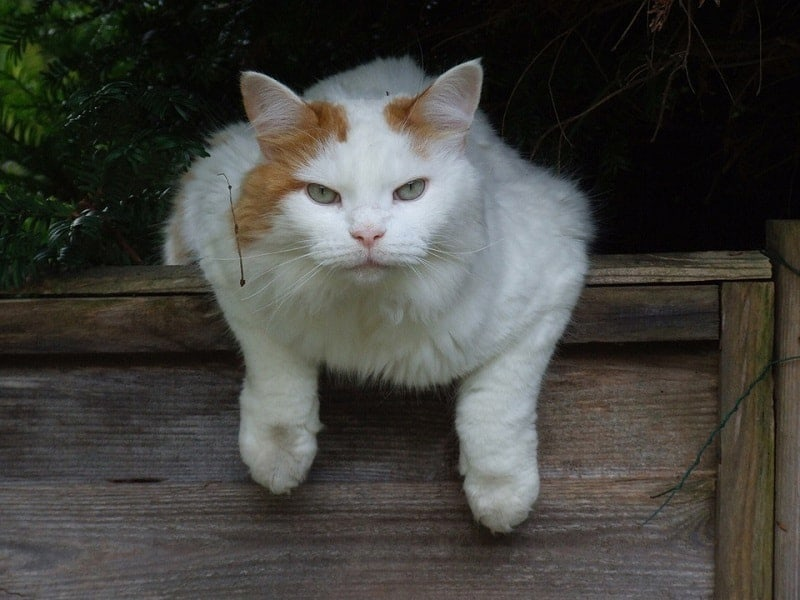
Well, hello, master. I found fur on your bed from another cat. Would you like to explain, m?
But the wild blood that has flowed in the vans for millennia is nowhere disappeared. Get ready for the fact that in a small apartment things will fly, like in an orbital station. The pet needs activity, and its appearances may not always be to your liking. That is why it is necessary to direct dope vans in the right direction. For example, in training. Kittens are excellent memorize and execute commands. 
But the health of the Vans is excellent! Aboriginal roots give know about themselves - Turkish murks practically do not have hereditary genetic diseases and live long and happily. Animals require minimal care - and this with a fur coat! The fact is that animals do not have undercoat, and the structure of the hair itself is more like a mink or cashmere than cat hair. So white cats always stay white - wool repels water and dirt. Besides animals themselves are not averse to taking a bath - vans love water and do not miss the opportunity to swim. 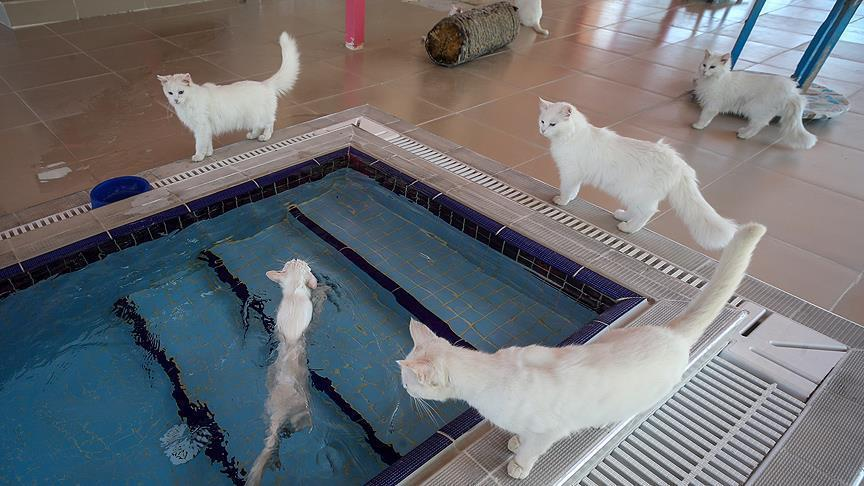
In Britain, the breeding center for this breed even has its own pool for cats!
